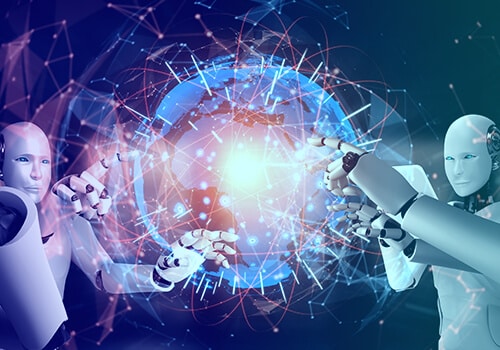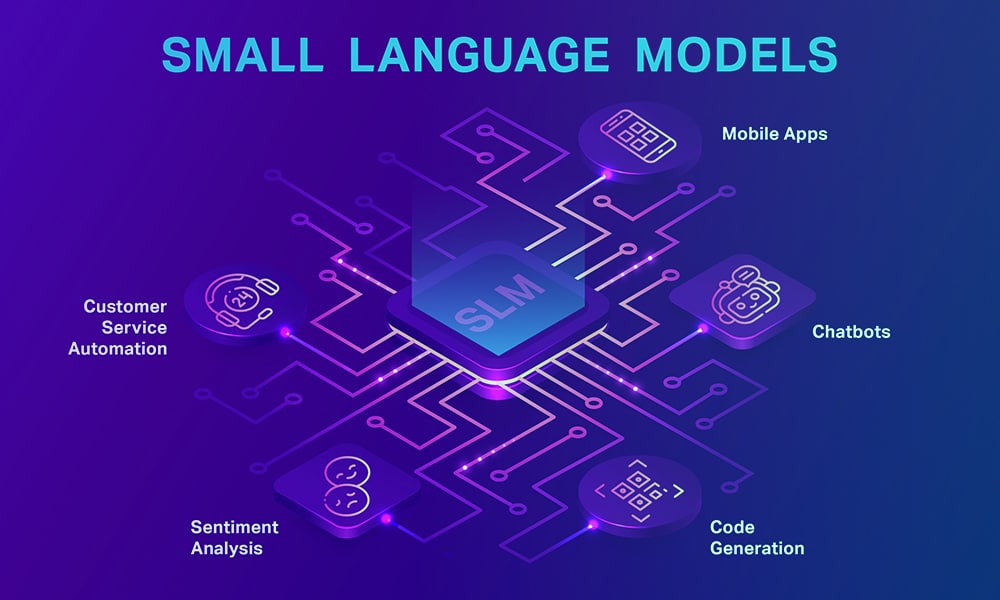Artificial Intelligence and Big Data have the potential to find solutions to global problems while prioritizing local issues and transforming the world in many profound ways. AI brings solutions to all – and in all settings, from homes to workplaces. AI computers, with Machine Learning training, can simulate intelligent behavior and conversations in an automated yet personalized manner.
Yet, AI faces an inclusion problem and is often biased. Fortunately, focusing on artificial intelligence ethics can usher in newer possibilities in terms of diversification and inclusion by eliminating unconscious bias through diverse training data.
Importance of diversity in AI training data

The Current State of AI training data
The inequality or lack of diversity in data would lead to unfair, unethical, and non-inclusive AI solutions that could deepen discrimination. But how and why is diversity in data related to AI solutions?
Unequal representation of all classes leads to misidentification of faces – one important case in point is Google Photos which classified a black couple as ‘gorillas.’ And Meta prompts a user watching a video of black men whether the user would like to ‘continue watching videos of primates.’
For example, inaccurate or improper classification of ethnic or racial minorities, especially in chatbots, could result in prejudice in AI training systems. According to the 2019 report on Discriminating Systems – Gender, Race, Power in AI, more than 80% of teachers of AI are men; women AI researchers on FB constitute only 15% and 10% on Google.
The Impact of Diverse Training Data on AI Performance

Data bias is often accidentally introduced into the data systems – by under-sampling certain races or groups. When facial recognition systems are trained on diverse faces, it helps the model identify specific features, such as the position of facial organs and color variations.
Another outcome of having an unbalanced frequency of labels is that the system might consider a minority as an anomaly when pressurized to produce an output within a short time.
Achieving Diversity in AI Training Data
On the flip side, generating a diverse dataset is also a challenge. The sheer lack of data on certain classes could lead to under-representation. It can be mitigated by making the AI developer teams more diverse with respect to skills, ethnicity, race, gender, discipline, and more. Moreover, The ideal way to address data diversity problems in AI is to confront it from the word go instead of trying to fix what’s done – infusing diversity at the data collection and curation stage.
Regardless of the hype around AI, it still depends on the data collected, selected, and trained by humans. The innate bias in humans will reflect in the data collected by them, and this unconscious bias creeps into the ML models as well.
Steps for collecting and curating diverse training data

Data diversity can be achieved by:
- Thoughtfully add more data from under-represented classes and expose your models to varied data points.
- By gathering data from different data sources.
- By data augmentation or artificially manipulating datasets to increase/include new data points distinctly different from the original data points.
- When hiring applicants for the AI development process, remove all job-irrelevant information from the application.
- Improving transparency and accountability by improving documentation of the development and evaluation of models.
- Introducing regulations to build diversity and inclusivity in AI systems from the grassroots level. Various governments have developed guidelines to ensure diversity and mitigate AI bias that can deliver unfair outcomes.
[ Also Read: Learn More About AI Training Data Collection Process ]
Conclusion
Presently, only a few big tech companies and learning centers are exclusively involved in developing AI solutions. These elite spaces are steeped in exclusion, discrimination, and bias. However, these are the spaces where AI is being developed, and the logic behind these advanced AI systems is replete with the same bias, discrimination, and exclusion borne by the under-represented groups.
While discussing diversity and non-discrimination, it is important to question the people it benefits and those it harms. We should also look at whom it puts at a disadvantage – by forcing the idea of a ‘normal’ person, AI could potentially put ‘others’ at risk.
Discussing diversity in AI data without acknowledging power relations, equity, and justice will not show the bigger picture. To fully understand the scope of diversity in AI training data and how humans and AI can together mitigate this crisis, reach out to the engineers at Shaip. We have diverse AI engineers who can provide dynamic and diverse data for your AI solutions.







